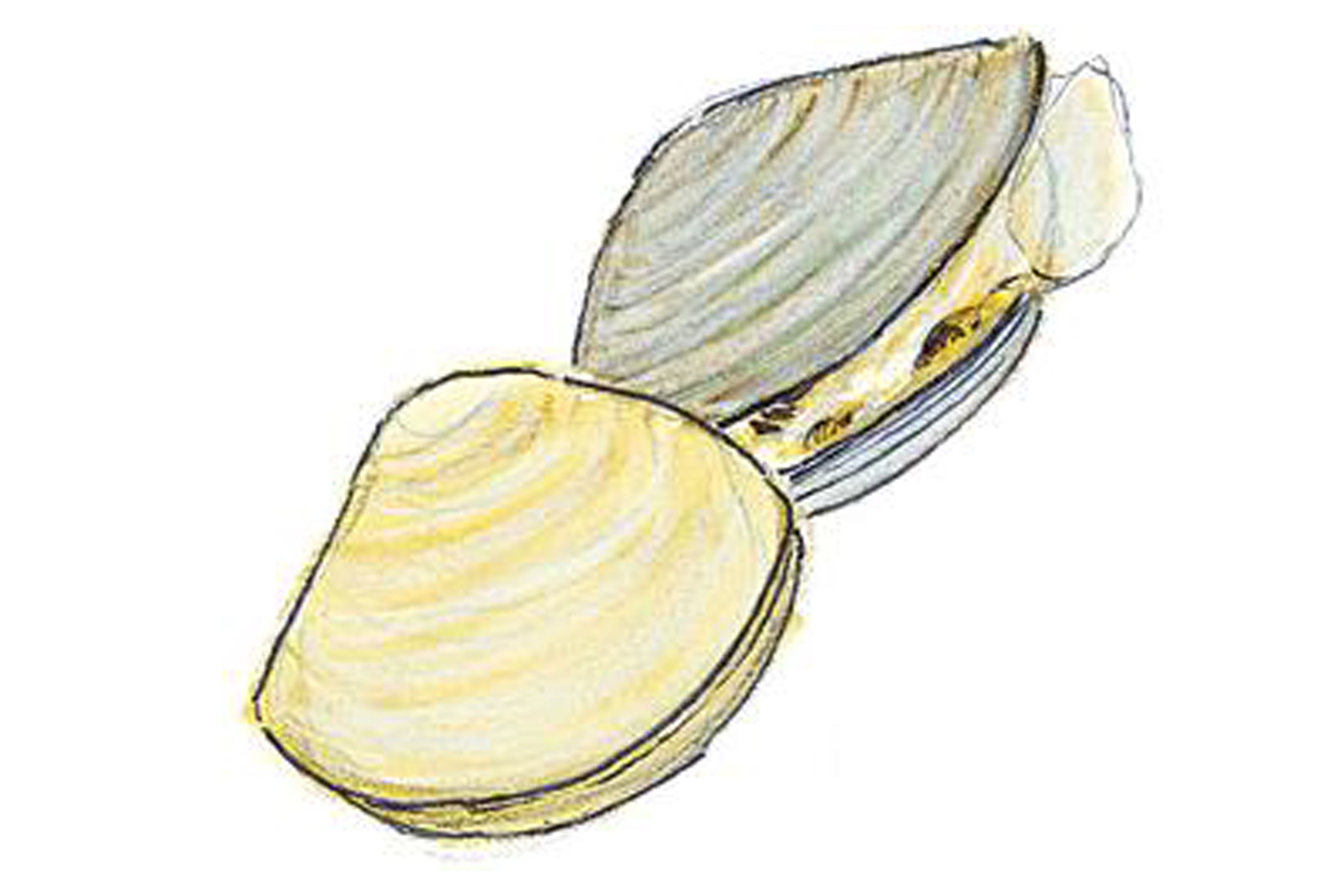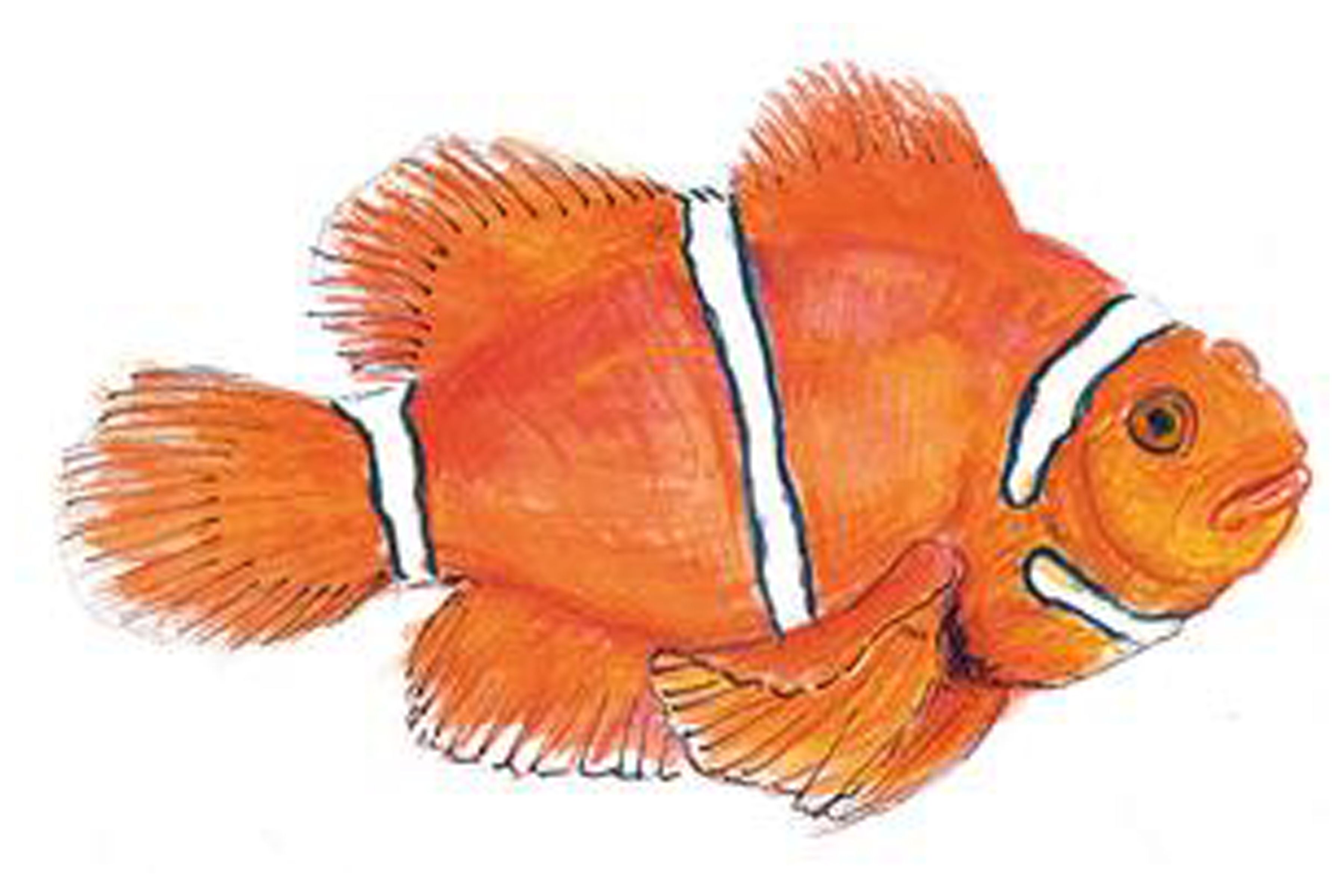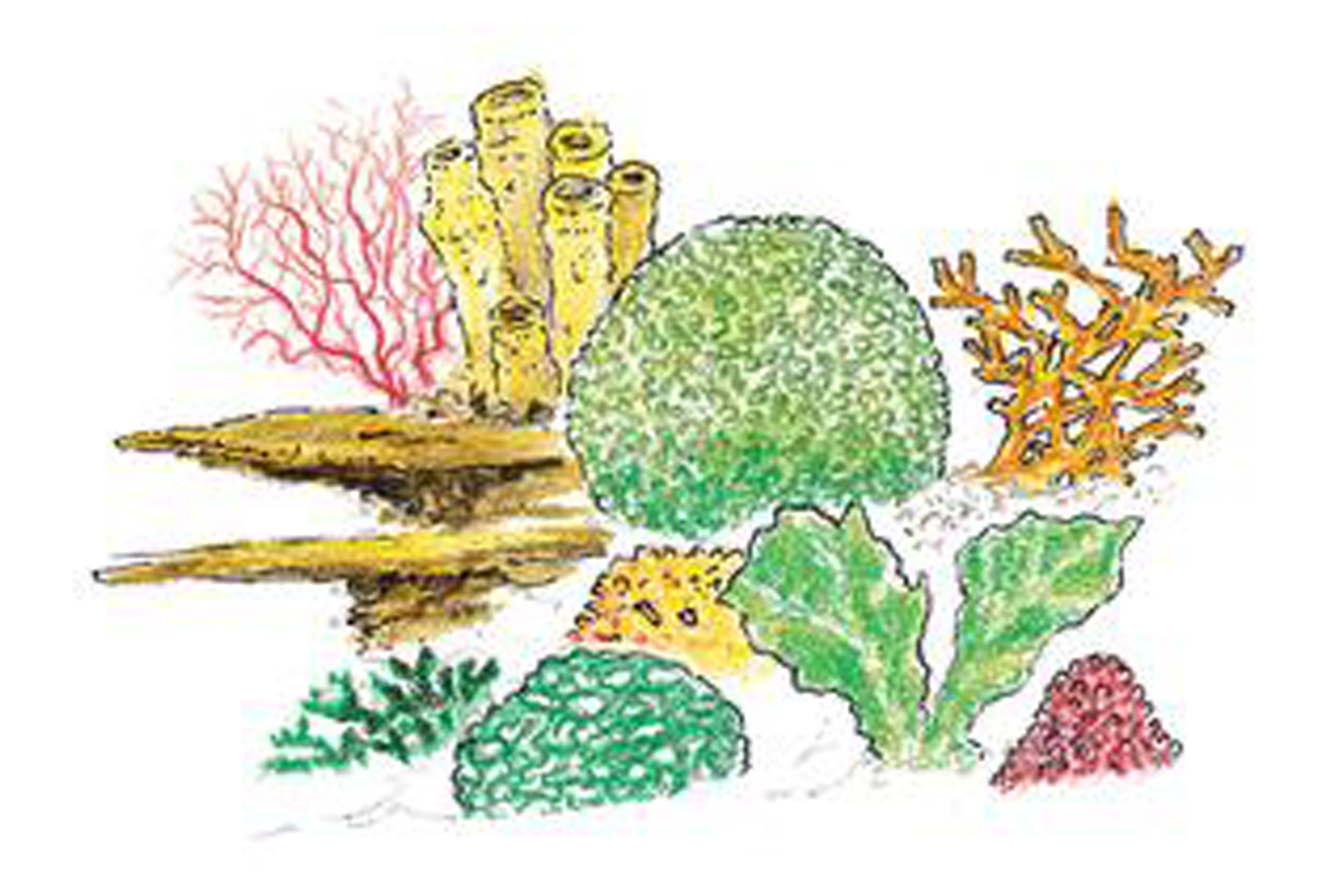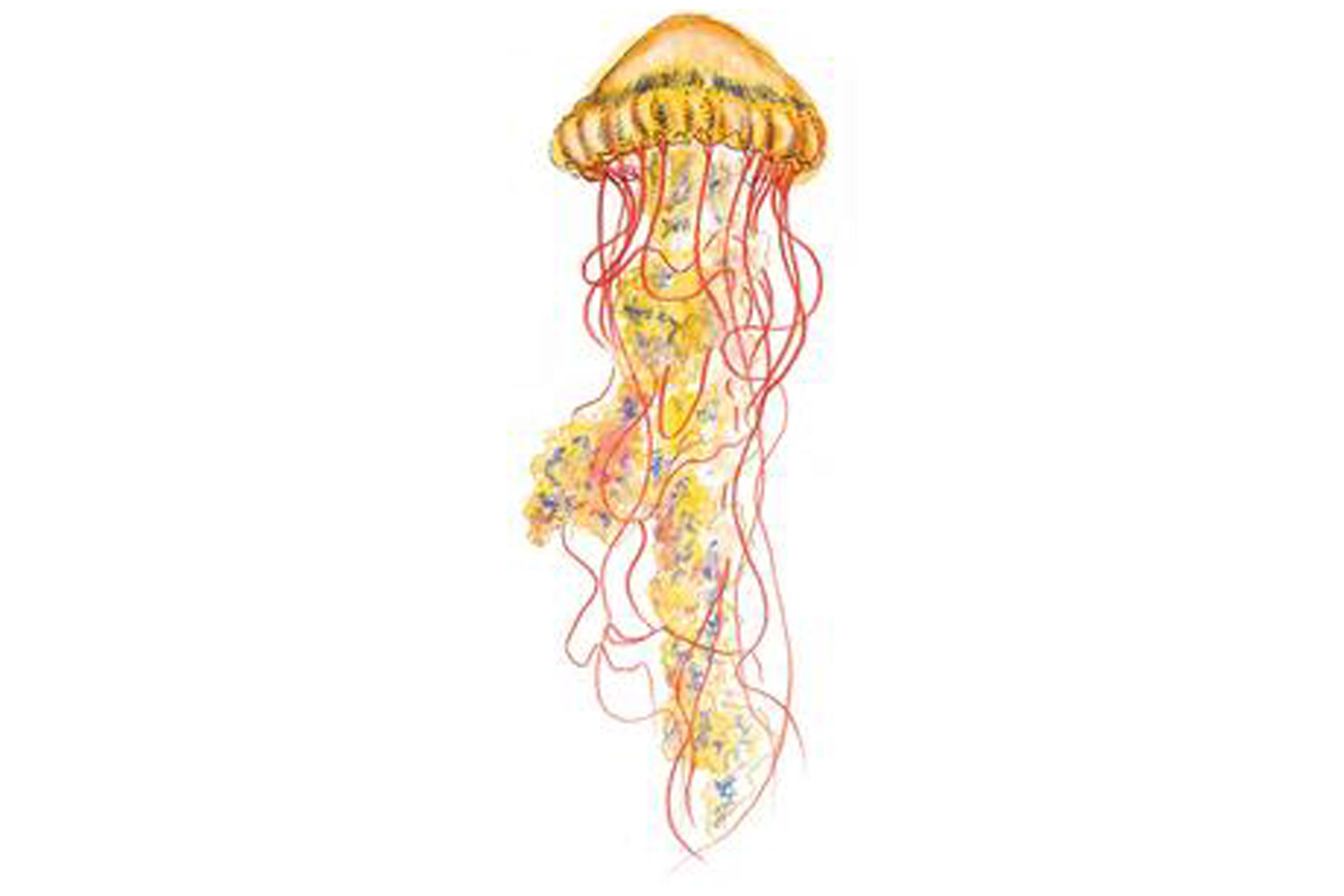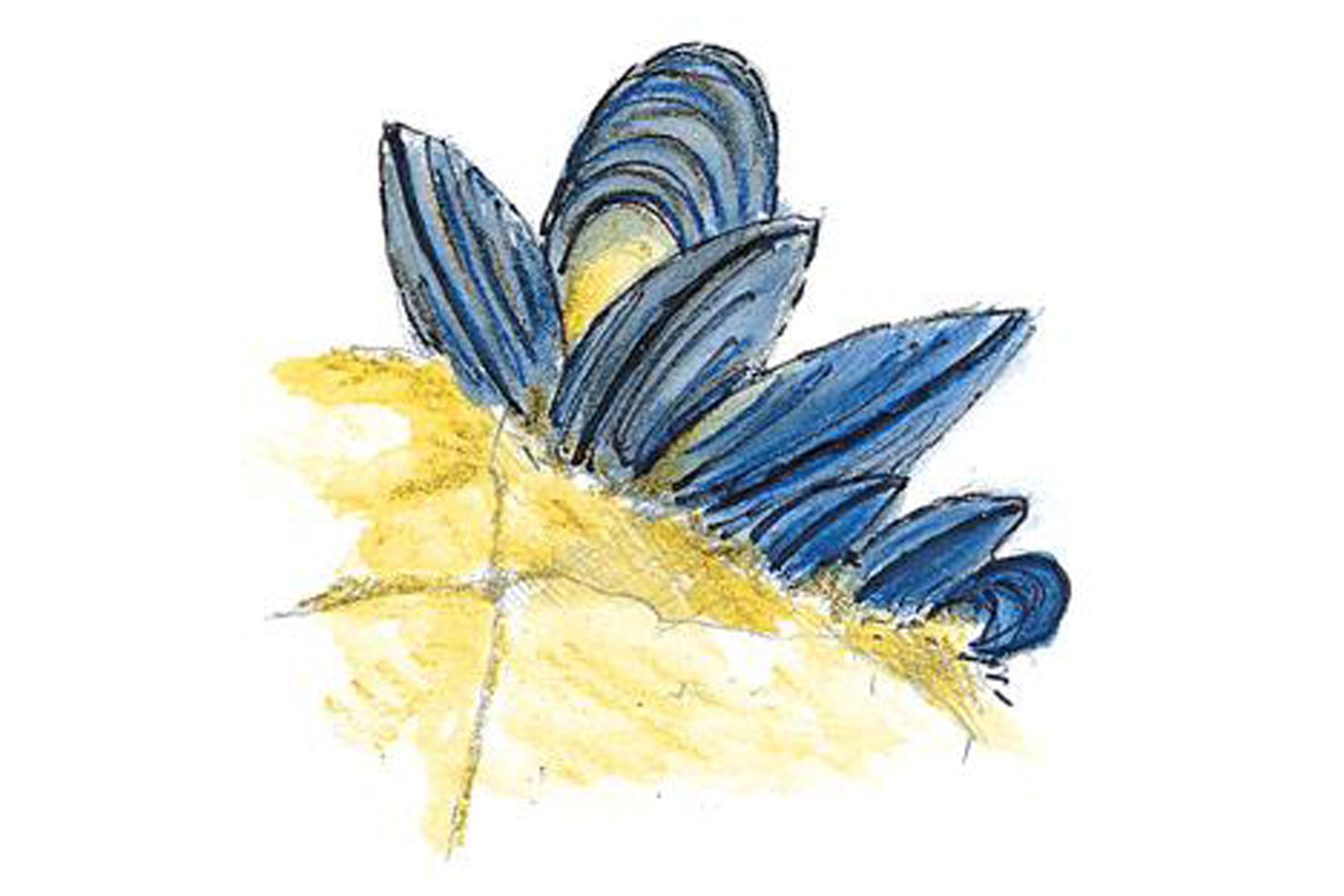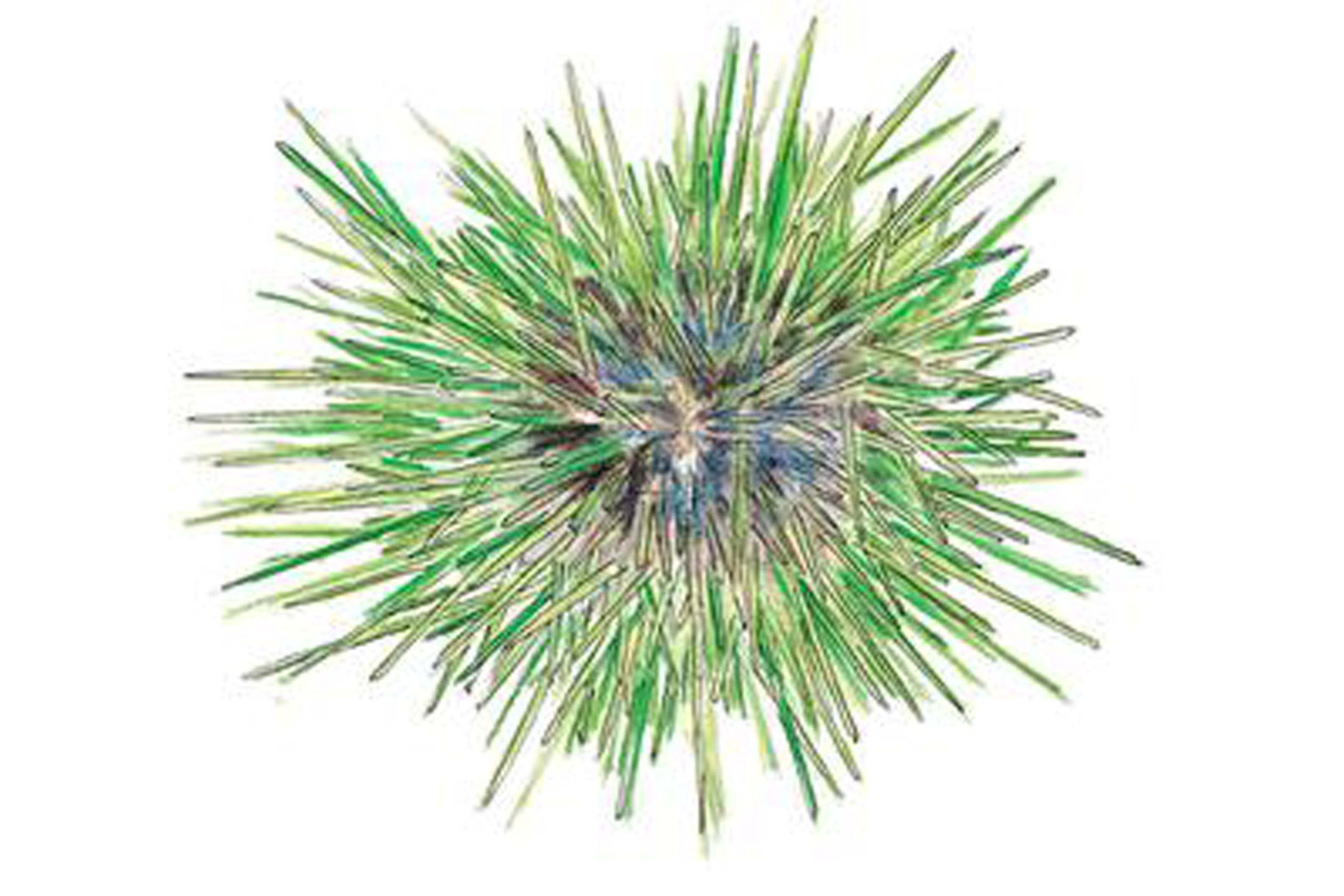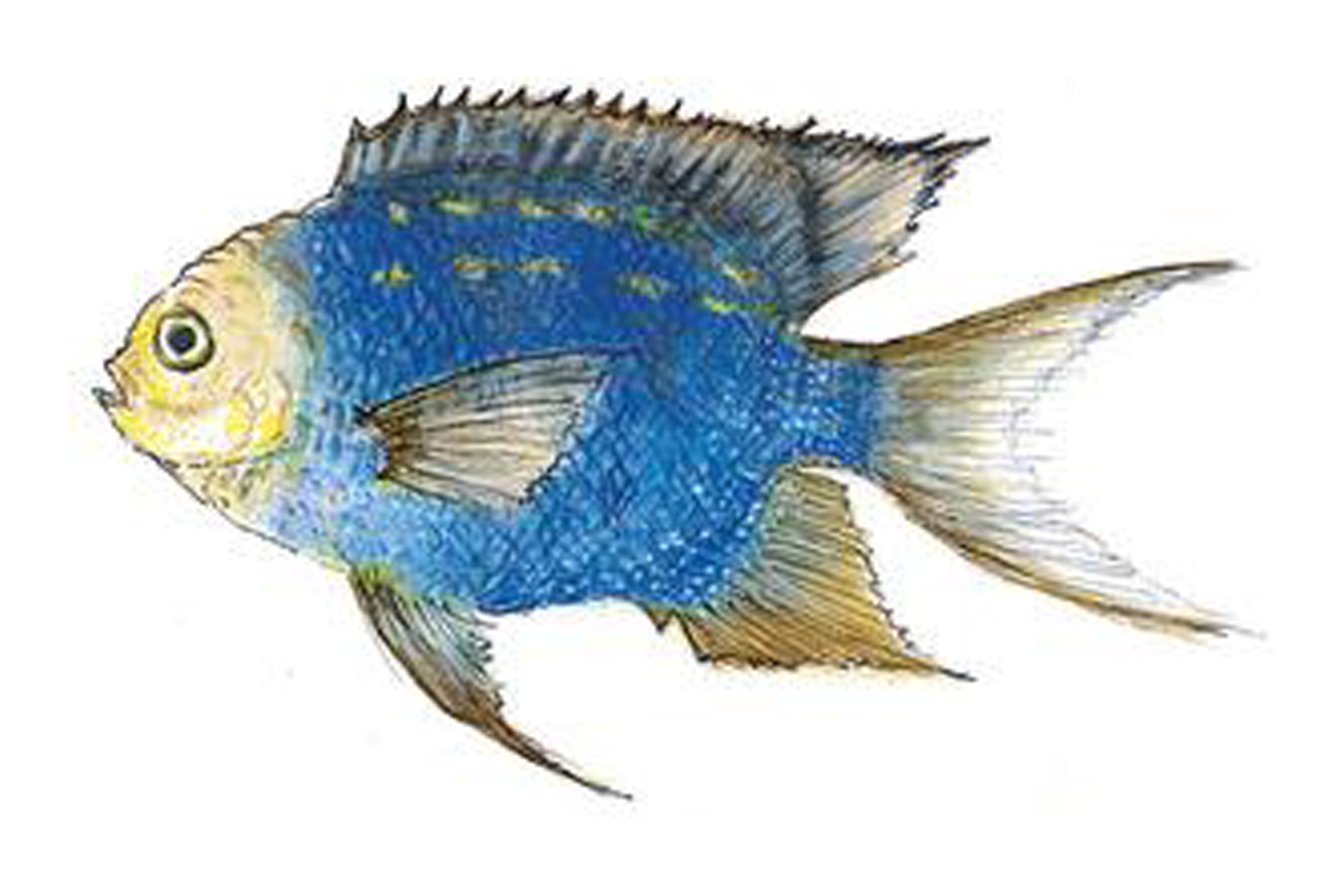Our understanding of how souring seas will transform the oceans is growing more sophisticated every day. Here is a glimpse of what scientists are finding in laboratory studies about how ocean acidification could affect marine life.
Brittlestar
This starfish relative is known for its ability to regenerate broken limbs, a feat employed to escape predators. Even small changes in ocean chemistry can cause some baby brittlestars to die in less than a week. Adults of other brittlestar species show loss of muscle mass when regrowing arms in high-carbon dioxide water. And warming water temperatures can make things worse by slowing regrowth. Adults of some brittlestar species appear resistant to ocean-chemistry changes.
Clams
Like other shellfish, acidification eventually affects hard and soft shelled clams, sometimes weakening their shells. Fertilization is hampered in at least one species. In another, when mud is too high in carbon dioxide, baby clams simply die. In baby clams, the smallest sizes struggle the most to overcome acidification. Giant clams can be hit quite hard by the combination of souring seas and warming temperatures.
Clownfish
Researchers a few years ago stumbled upon a surprise. Scientists had expected fish would easily handle changing sea chemistry, but work with reef fish, primarily clownfish, showed high carbon-dioxide levels altered fish behavior, changing how young fish see, hear and smell. They lost inhibition, traveling farther from home than normal. They also lost fear of predators and raced toward them rather than away. These fish survived far less often than fish in normal water. Yet when they reproduced, their offspring weathered the high-CO2 water. It's not clear how that apparent resilience might translate to other species or real-world conditions, when water chemistry is expected to change year after year.
Corals
These undersea cities provide shelter and food for thousands of animals, but are directly assaulted by changes in marine chemistry. Warming can bleach and kill reefs, while waters slightly more sour than normal slow or halt reef growth. Acidification also increases bleaching. And it lets mat-forming algae thrive, which is bad for corals. There is evidence that some corals appear to handle acidification well, but the combination of rising temperatures and sea-chemistry changes makes things worse for many others. Even the special algae needed for baby corals to take root struggle. In Papua New Guinea, where natural carbon-dioxide vents offer a glimpse of life in more corrosive seas, intricate corals favored by marine life were virtually nonexistent while rounded boulder corals remained. Algae replaced corals at a similar vent site in the Mediterranean Sea near Italy. If CO2 emissions aren't curtailed, reef erosion could outpace reef building by midcentury.
Crab, red king
Perhaps no creature better represents the perilous thrill of fishing the icy Bering Sea than this crimson crustacean. But unlike hardier relatives, so many juvenile red king crab died when exposed to higher-carbon dioxide waters that scientists fear acidification could drastically reduce their populations before century's end. Scientists are exploring whether this species might adapt.
Jellyfish
Few studies have examined how jellyfish respond directly to souring seas. One showed moon jellies were quite tolerant of several combinations of rising temperature and shifting sea chemistry. Some scientists have said they suspect acidification eventually could help make oceans more hospitable to jellyfish, but such a change has not been definitively documented. Still, jellyfish may influence the carbon system. When they die, jellyfish sink lightning-fast, taking carbon straight to the bottom of the ocean.
Krill
These shrimplike crustaceans travel in swarms and serve as food for everything from fish to seabirds to whales. At carbon dioxide levels expected by the end of the century, eggs of the Antarctic variety fail to develop properly, which researchers fear eventually may lead to a population collapse. Impacts are greater when acidification is combined with rising temperatures, which severely limits where and how many Antarctic krill survive. It's not clear if acidification will affect krill in the eastern Pacific Ocean the same way.
Mussels
These shellfish cluster in rocky tidal areas with harsh waves, where they help host other creatures. But acidification can hurt their immune systems and can dramatically weaken the threads mussels use to attach to rocks. Pathogens can infect mussels more easily in acidified waters. And the problems worsen without enough food. When researchers tracked sea chemistry changes on Tatoosh Island over eight years, they saw mussels quickly replaced by barnacles and algae. When the environment is healthy and mussels get enough to eat, some handle high carbon dioxide well. Some mussels also may adapt, though they may not keep pace with acidification as well as some other species (see sea urchin).
Oysters
The Pacific oysters grown in Oregon and Washington were among the first species harmed by acidification. Their calcium carbonate shells are particularly susceptible, especially during the first few days of life, to changes in sea chemistry. Fossil fuel emissions mixed with water naturally high in carbon dioxide welled up from the deep on windy days and came to shore, killing billions of Northwest oyster larvae in recent years — decades earlier than expected. The nonnative Pacific oysters were brought from Japan a century ago. Native oysters may cope better, at first, because they carry eggs for weeks rather than releasing them into the water immediately. But native oysters, too, eventually show sensitivity.
Pteropod
Elevated carbon dioxide can harm these translucent sea butterflies by altering shell growth, sometimes leaving their shells pockmarked with pits, which can limit survival. Increasing temperatures worsen the problem. Like krill, these tiny animals are a staple of the marine food chain, key nutrition sources for auklets, puffins, whales and fish, and a major food for pink salmon. In Antarctica, scientists expected acidification would start harming pteropods by the year 2038, but discovered last year it was happening already.
Sea grass
While harmful to many creatures, acidification can be a boon to marine plants. Eelgrass populations increase dramatically in higher carbon-dioxide environments. In fact, sea grasses, through photosynthesis, can actually reduce acidification's impact on other species. But souring seas can also help invasive species take over sensitive environments. Warming temperatures also can reduce gains.
Sea urchin
Acidification is hard on many of these spiky delicacies, deforming some larvae and perhaps shrinking others. High CO2 can complicate reproduction in several species, in several ways, and alter development in others. It can even impair digestion. Urchins graze on seaweed and kelp forests. Otters and sea stars, in turn, keep urchins in check. At a natural volcanic CO2 vent off Italy's coast, urchins exposed to high CO2 began to disappear. The good news: When urchins from the Pacific Northwest — where water chemistry swings wildly — were mated with urchins from more stable Southern California waters, their offspring were more resistant to acidification. In a similar mating study, gene sequences actually shifted, suggesting some urchins might adapt — at least in some places, and at least for a while.
Spiny damselfish
When waters become more acidic, this common reef species transforms into an aerobic superfish. One measure of a spiny damselfish's aerobic fitness increased dramatically in response to high carbon-dioxide conditions. The fish somehow transported more oxygen to its tissues. But this is far from a universal phenomenon. Related fish in the same environment showed no increase in the same measure. Meanwhile, the aerobic performance of cardinalfish in the same region went down in high CO2 water and the fish died more often — especially when water temperatures rose.
Walleye pollock
With billions of pounds of this Alaskan fish sold each year for fish sticks, fast-food fish sandwiches or imitation crab, marine scientists were relieved to find acidification did not directly affect reproduction or growth. But much like clownfish, pollock may experience behavioral problems when exposed to high levels of carbon dioxide. In early experiments, pollock, key to a Seattle-based fishing fleet that nets half the nation's catch, struggled to recognize the scent of their prey. Scientists are performing more tests.
Walrus
Little is known about how souring sea chemistry might affect marine mammals. Researchers expect food-web changes from acidification might alter how mammals interact with marine life and each other. For instance, Pacific walrus were recently seen attacking spectacled eiders on floating ice in the Bering Sea. Researchers don't know why, but suggest existing declines in Arctic clams, expected to worsen with shifting sea chemistry, might drive hungry walrus to chase sea ducks.

